Sommaire
Pagination de l'dition papier
Guide
 InterVarsity Press
InterVarsity Press
P.O. Box 1400 | Downers Grove, IL 60515-1426
2022 by Jenny Booth Potter
All rights reserved. No part of this book may be reproduced in any form without written permission from InterVarsity Press.
InterVarsity Press is a resource publishing division of InterVarsity Christian Fellowship/USA. For more information, visit intervarsity.org.
Scripture quotations, unless otherwise noted, are from The Holy Bible, English Standard Version, copyright 2001 by Crossway Bibles, a division of Good News Publishers. Used by permission. All rights reserved.
While any stories in this book are true, some names and identifying information may have been changed to protect the privacy of individuals.
Published in association with The Bindery Agency, www.theBinderyAgency.com.
The publisher cannot verify the accuracy or functionality of website URLs used in this book beyond the date of publication.
Cover design and image composite: David Fassett
ISBN 978-1-5140-0001-4 (digital)
ISBN 978-1-5140-0000-7 (print)
This digital document has been produced by Nord Compo.
To my parents Ed and Becky
And for my boys John, Elliot, and Milo
FOREWORD
AUSTIN CHANNING BROWN
I WILL NEVER FORGET THE MOMENT JENNY BOOTH POTTER shifted from being my friend to my accomplice and partner in the pursuit of racial justice. We were on a trip with forty of our college peers to learn about Americas racial history. But things werent going well. Our group had dissolved into a muddy puddle of tears, hurt, and hopelessness.
Then came Jennys voice.
Side-stepping defensiveness and instead embracing the pain of our racial history, she believed we could make a difference if only we confront our past... and our present. When she spoke the words Doing nothing is no longer an option for me, Jenny was speaking for herself, but she was also naming for me the vocation forming in my soul. Because as she said those words, I knew that I too would commit the rest of my life to antiracism work. There was no turning back. And I felt an instant and deep connection with her.
What I didnt know was how deep our connection in this work would be. That connection has survived not just our college years, but two decades worth of antiracism projects together. From demanding budgets to raising money, from creating curriculum to teaching hundreds, from being verbally assaulted to being gaslit, we have fought the good fight together.
When I give a lecture on racial justice, Black people ask me how I know when someone is an ally. Its a question born out of deep disappointmentof high hopes that a friend had become an ally, only to experience heartbreak when they walk away. But whenever I am asked this question about allies, I find myself describing Jenny.
You want someone who is committedwho wont walk away when coworkers start calling you toxic or divisive. You want someone who is teachablewho is always learning on their own without prodding or pushing from an external source. You want someone who is willing to step in when youre tired or sick or its too dangerous for you to speak up. You want someone who is in it with you from beginning to end. Jenny has been all of those things to me and more.
Jenny will be the first to tell you that she hasnt gotten everything right. This book is not her ode to herself. Instead it is a peek inside her own journey, as a White woman who refuses to give up on her promise to keep going. Even when its hard.
Inside these pages you will find an honest account of what it costs to move beyond performative allyship and get into the fight for justice. If you, as a White person, feel compelled to move off the sidelines and get into the fight for justice, but are unsure about how to begin your journey, there is no one I trust more to walk beside you than my friend Jenny.
And if you are a Black person, this book is not for you. But please feel free to hand this out to the White people in your life so you can stop accepting a gajillion coffee dates every time there is a racial uproar. You can trust Jenny to tell the truth so you can go about your day.
INTRODUCTION
Toni Morrison said, The function of freedom is to free someone else, and if you are no longer wracked or in bondage to a person or a way of life, tell your story. Risk freeing someone else. Not everyone will be glad that you did. Members of your family and other critics may wish you had kept your secrets. Oh, well, what are you going to do? Get it all down. Let it pour out...
ANNE LAMOTT
I HAVE SPENT NEARLY TWENTY YEARS as a professional storyteller. At the start of my career, I served at nonprofits and helped craft stories of change and hope that could be shared in grant proposals, marketing materials, and at annual galas. Later, as a video producer for a large suburban megachurch, I conveyed beautiful and sometimes dramatic stories of redemption that played on huge screens in the churchs main auditorium or showed up as social media posts across the small screen of someones phone. And now I am one of the cofounders for Herself Media, a company dedicated to producing stories of Black girl/womanhood with joy and dignity. We are convinced that the story is queen and it is our job to serve the queen.
I believe in the power of storythat if you want to create a space for connection, an opportunity for empathy, or the chance to change a mind or heart, you set aside the statistics and data for a moment and find the story of a person. I could easily tell you about the poor water conditions in a community in the Dominican Republic, but how much better is it to hear about a pastor named Maria who saw this problem and decided to open a water purification tank serving her neighborhood? Hearing Marias story allows you to hear about the families whose children no longer get sick from dirty water or the young man who is able to pay for his education through the money he makes transporting the water.
It was at the megachurch job where I learned not only about the power of story but also the rhythm needed to tell a good storythe elements that alone are isolated but when threaded together create a narrative with highs and lows, challenges and overcomings. In his screenwriting book Save The Cat!, author Blake Snyder outlines the story beats or moments that move a story forward to create a compelling structure in many of the films and books we love. The beginning of every story (say, The Wizard of Oz) using this blueprint includes a scene that shows a before of the main character/hero (Dorothy on her familys farm in Kansas), then states the theme (Somewhere Over the Rainbow), sets up the problem (a tornado takes Dorothy out of Kansas), and explores the catalyst for change and what direction the hero will take next (Dorothy decides to follow the yellow brick road to the Emerald City). It is usually after the hero moves in a new direction that she meets a new character who serves as a guide or an expert (Dorothy meets the Scarecrow) to help the hero learn a lesson.
I can see this order of scenes as I reflect back on my own story: a long time of a life lived before, a clear catalyst for change, and companions and guides on my journey. You see, Im a storyteller, but Ive often preferred to tell other peoples stories for mainly one reason: I am not an expert. And perhaps a second: I am no ones hero. Much of my work as a White woman pursuing antiracism in my own life has been to remove myself from the center of things as much as I possibly can. I have repeated to myself, Your story (i.e., the story of White people) has been told over and over again. So how is it that you are holding this book in your hands?

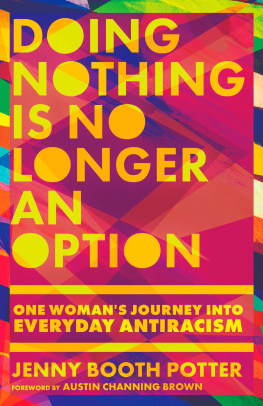

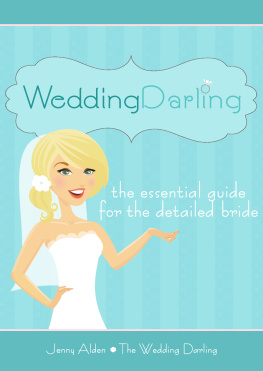
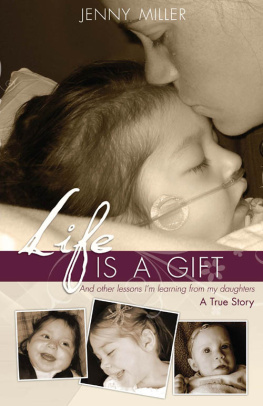
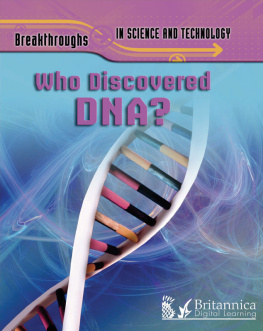
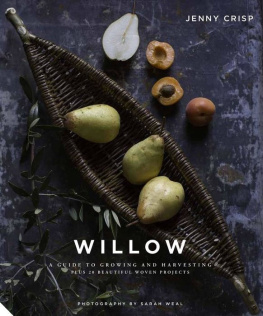
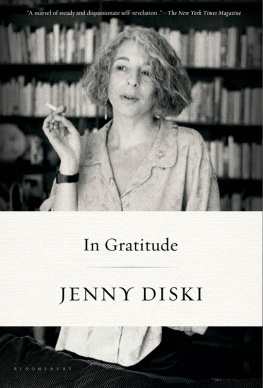


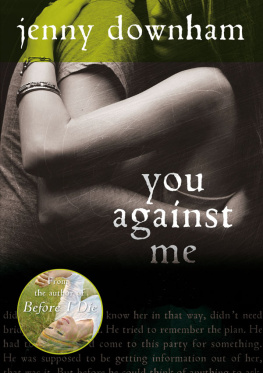
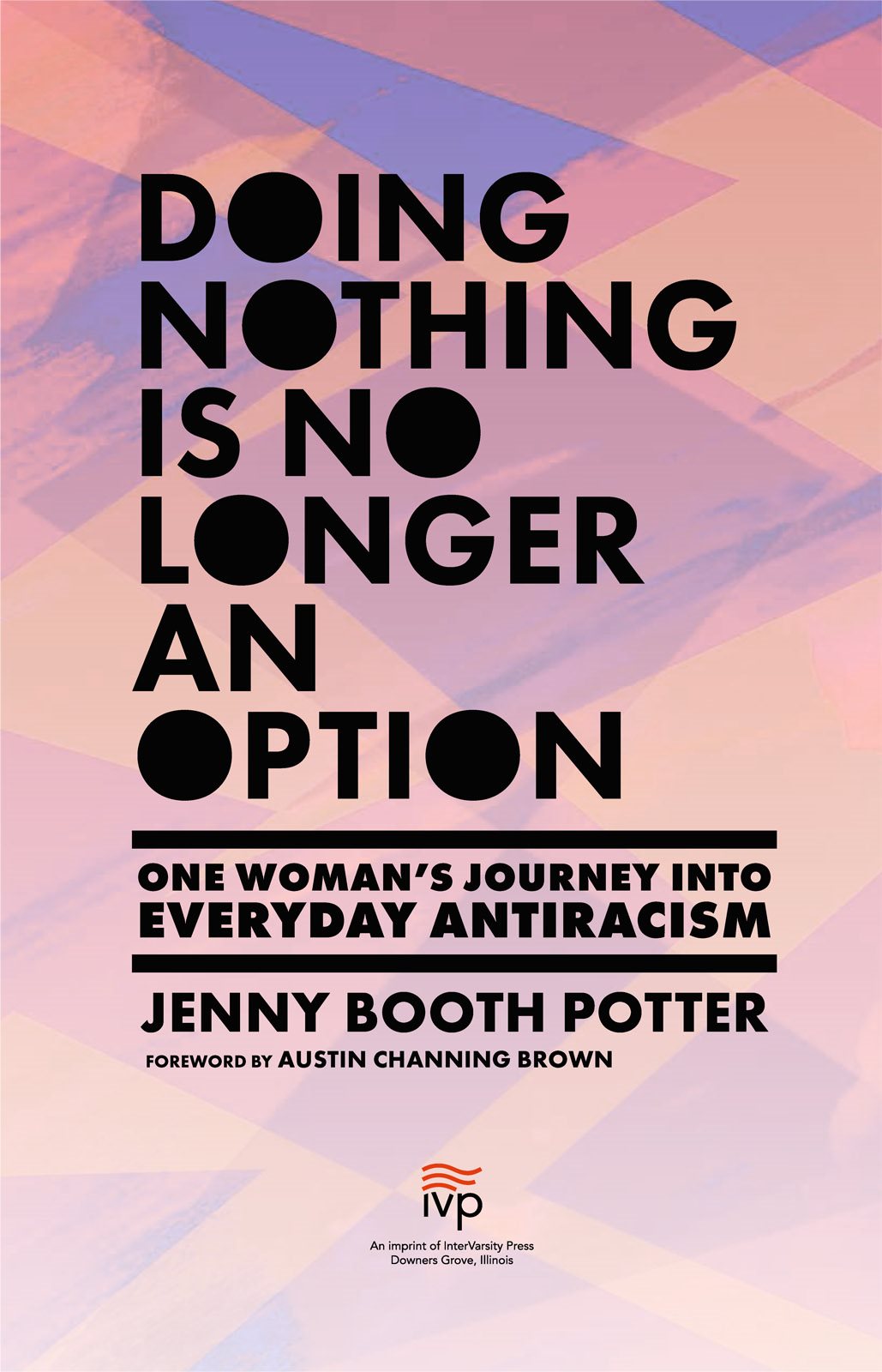
 InterVarsity Press
InterVarsity Press